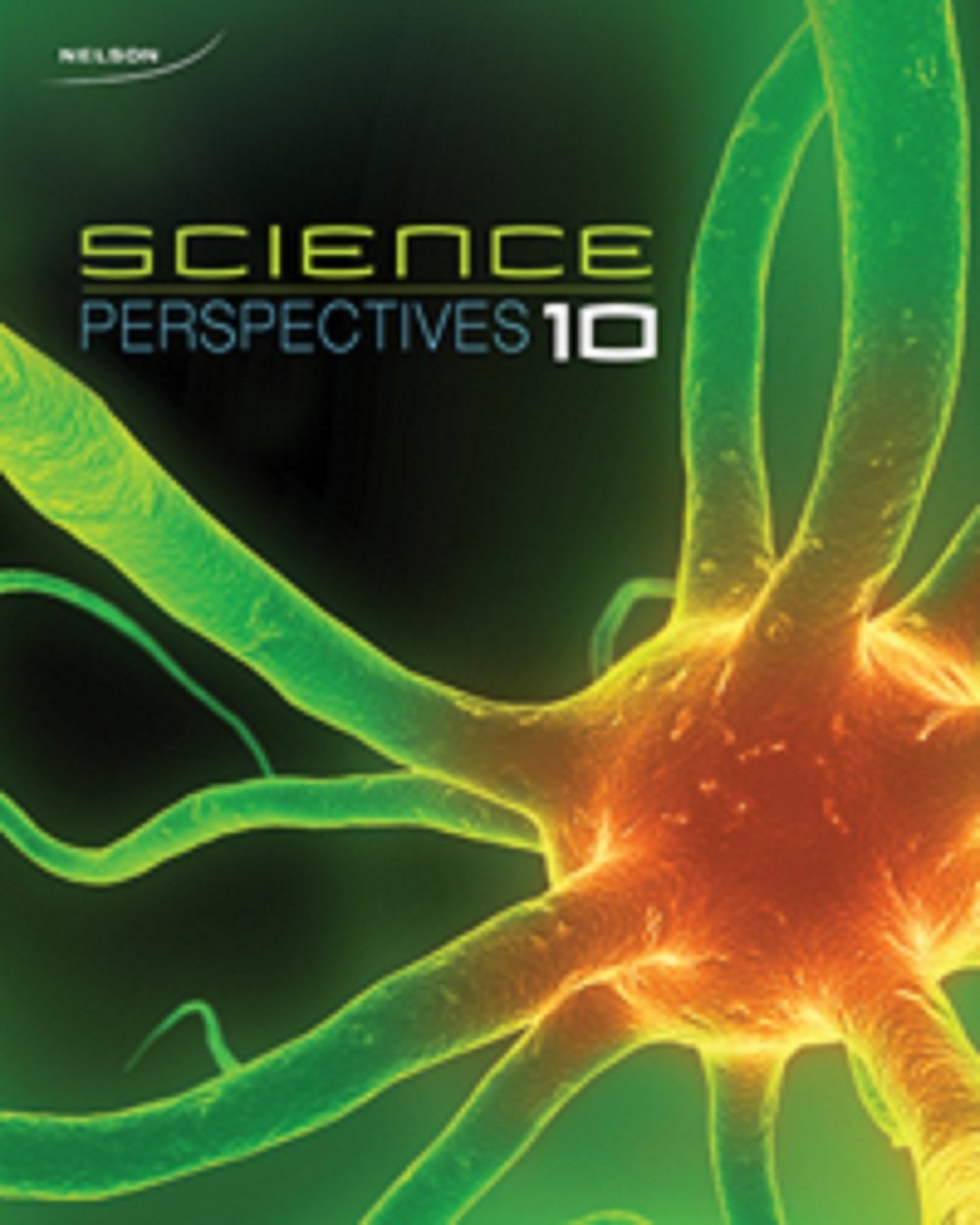
All Solutions
Section 6-5: Types of Chemical Reactions: Synthesis and Decomposition
According to the given equation, the compound zinc chloride breaks down to yield zinc metal and chlorine gas, this is a decomposition reaction.
According to the given equation, the elements potassium and iodine combine together to yield the compound; potassium iodide, this is a synthesis reaction.
According to the given equation, the compounds potassium oxide and water combine together to yield the compound; potassium hydroxide, this is a synthesis reaction.
According to the given equation, the compound calcium carbonate breaks down to yield calcium oxide and carbon dioxide gas, this is a decomposition reaction.
b. Synthesis
c. Synthesis
d. Decomposition
According to the given equation, the compound zinc chloride breaks down to yield zinc metal and chlorine gas, this is a decomposition reaction.
$$
mathrm{ZnCl_{2(s)} longrightarrow Zn_{(s)} + Cl_2{(g)}}
$$
According to the given equation, the elements potassium and iodine combine together to yield the compound; potassium iodide, this is a synthesis reaction.
$$
mathrm{2K_{(s)} + I_{2(s)} longrightarrow 2KI_{(aq)}}
$$
According to the given equation, the compounds potassium oxide and water combine together to yield the compound; potassium hydroxide, this is a synthesis reaction.
$$
mathrm{K_2O_{(s)} + H_2O_{(l)} longrightarrow 2KOH_{(aq)}}
$$
According to the given equation, the compound calcium carbonate breaks down to yield calcium oxide and carbon dioxide gas, this is a decomposition reaction.
$$
mathrm{CaCO_{3(s)} longrightarrow CaO_{(s)}+CO_{2(g)}}
$$
b. $mathrm{2K_{(s)} + I_{2(s)} longrightarrow 2KI_{(aq)}}$
c. $mathrm{K_2O_{(s)} + H_2O_{(l)} longrightarrow 2KOH_{(aq)}}$
d. $mathrm{CaCO_{3(s)} longrightarrow CaO_{(s)}+CO_{2(g)}}$
Word equation:
$$
text{copper oxide}longrightarrow text{copper metal} +text{oxygen gas}
$$
According to the given equation, the oxide is breaking down into copper metal and oxygen gas, therefore this is a decomposition reaction.
Chemical equation:
$$
mathrm{2CuO_{(s)} longrightarrow 2Cu_{(s)} + O_{2(g)}}
$$
b. Decomposition reaction
c. $mathrm{2CuO_{(s)} longrightarrow 2Cu_{(s)} + O_{2(g)}}$
Chemical equation:
$$
mathrm{H_{2(g)}+Cl_{2(g)} longrightarrow 2HCl_{(g)}}
$$
Two elements combine together to form a new compound, therefore this is a synthesis reaction.
Chemical equation:
$$
mathrm{2H_{2}O_{2(l)} longrightarrow 2H_2O_{(l)}+O_{2(g)}}
$$
A single molecule breaks down to yield two products, therefore this is a decomposition reaction.
Chemical equation:
$$
mathrm{2KClO_{3(s)} longrightarrow 2KCl_{(s)}+3O_{2(g)}}
$$
A single molecule breaks down to yield two products, therefore this is a decomposition reaction.
Chemical equation:
$$
mathrm{N_{2(g)}+3H_{2(g)} longrightarrow 2NH_{3(g)}}
$$
Two elements combine together to form a new compound, therefore this is a synthesis reaction.
Chemical equation:
$$
mathrm{4Al_{(s)}+3O_{2(g)} longrightarrow 2Al_2O_{3(s)}}
$$
Two elements combine together to form a new compound, therefore this is a synthesis reaction.

